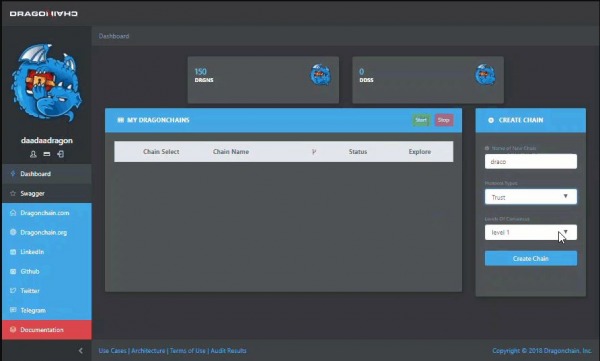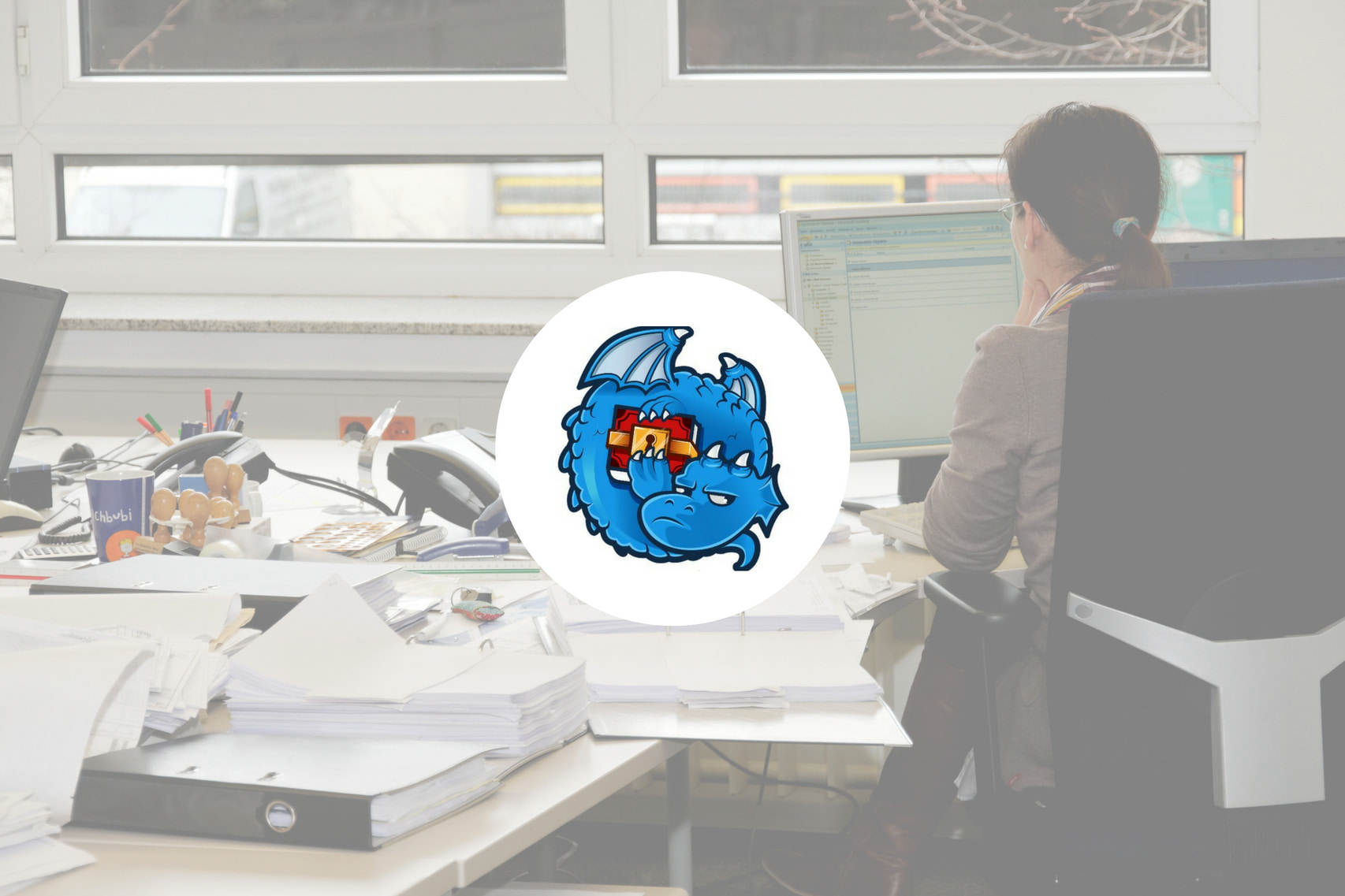Dragonchain began as a blockchain project by Disney in 2014. In 2016, the Dragonchain Foundation was formed which marked the beginning of Dragonchain as we know it today.
Dragonchain is basically a hybrid blockchain with a unique consensus model to provide a spectrum of trust to consumers of data. In Dragonchain, developers can make and store smart contracts in common programming languages such as Java, C#, Node, and Python. If you are unfamiliar with this blockchain project, read our introduction to Dragonchain.
Dragonchain is particularly focused on business data and transactions, making the platform the choice of companies who want to operate on the blockchain. It offers organizations lower operational costs, reduction in time to market, high level of security and great scalability. The mission of Dragonchain is to bring blockchain to every developer and every organization on the planet.
Dragonchain offers Blockchain-as-a-Service (BaaS). BaaS is a set of cloud-based services that enable developers to build applications at a speed that private blockchain solutions cannot match. The commercial platform of the BaaS renders a range of additional services such as a library of smart contracts and APIs to power blockchain applications.
On August 1, 2018, Dragonchain released version 1.0 of their commercial platform. This release takes Dragonchain from the alpha phase into the production phase. Features of the newly released version include a new user interface and community provisioned L2 nodes.
New User Interface
Creating chains and smart contracts is faster and easier on the new web-based user interface. The figure below is a snapshot of what the interface is like.

Community-Provisioned L2 Nodes
Community-provisioned Level 2 nodes is a new feature on the recently released version 1.0. To better understand what Level 2 nodes are, it is necessary to understand the principle that drives the Dragonchain consensus.
Two critical issues are of paramount concern for businesses with the intention of leveraging blockchain technology—data exposure and security. This is because these businesses often have sensitive customer data that have regulatory and legal risks involved (for example, medical records, banking records, etc).
Public blockchains like Bitcoin and Ethereum allow open access that exposes data, posing security risks for such businesses. A private blockchain (like Hyperledger) makes permissions restricted and hence makes data sharing across networks difficult. Dragonchain deploys a hybrid public-private blockchain that connects the blockchains with ease allowing verification of transactions to be based on a spectrum of trust.
The Dragonchain architecture has 5 levels of verification that provides the spectrum of trust:
- Business (Approval) Verification
- Enterprise Governance (Validation) Verification
- Network Diversity Verification
- External Partner (Notary) Verification
- Public Checkpoint Verification
The Level 2 Nodes (that is, Enterprise Governance Verification) are hosted by the Dragonchain user community and provide a computing service to validate Level 1 transactions without provisioning or managing servers. L2 Nodes check for block and individual transaction validity in form, signature, and required data elements. L2 Nodes only execute when needed and scale automatically. Also, data signaling by L2 Nodes can demonstrate enterprise verification to prove that a Level 1 transaction occurred, without sharing the data of the payload.
Conclusion
Dragonchain is creating a hybrid public-private blockchain which seamlessly connects blockchains, allowing users to selectively share data with a public blockchain while at the same time keeping their private data secure. The Dragonchain blockchain is one that organizations dealing with sensitive customer data would find suitable for their functions and operations. The release of the version 1.0 makes Dragonchain production-ready.
The next update to watch out for is the implementation of the Level 3 and Level 4 verifications. Stay in touch with Dragonchain via Telegram, Twitter and their blog.

